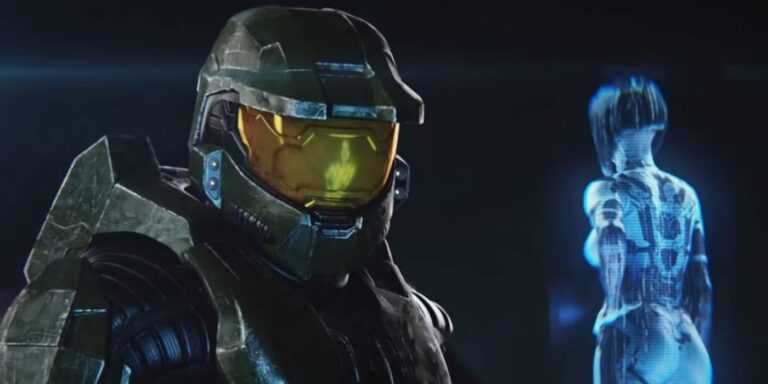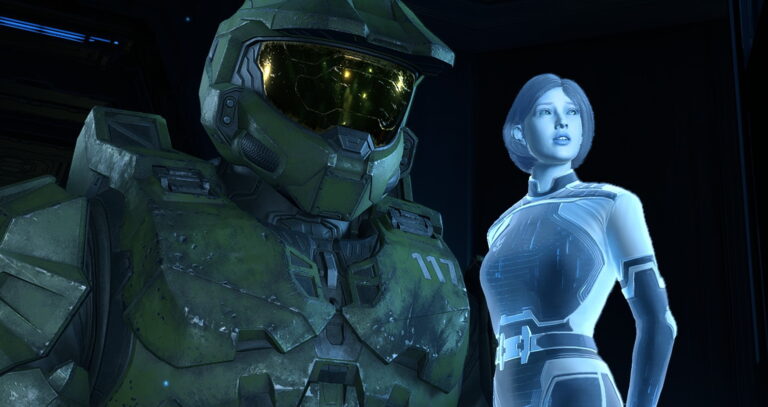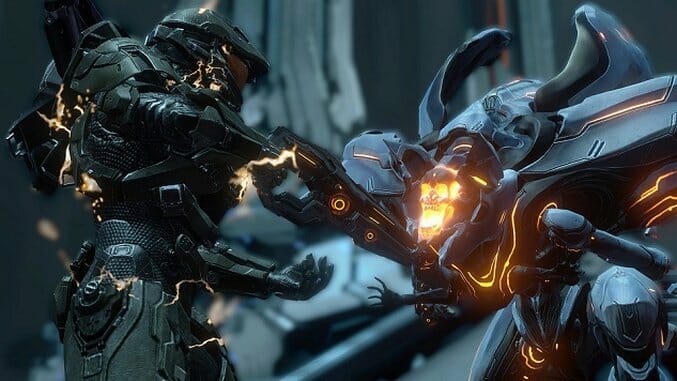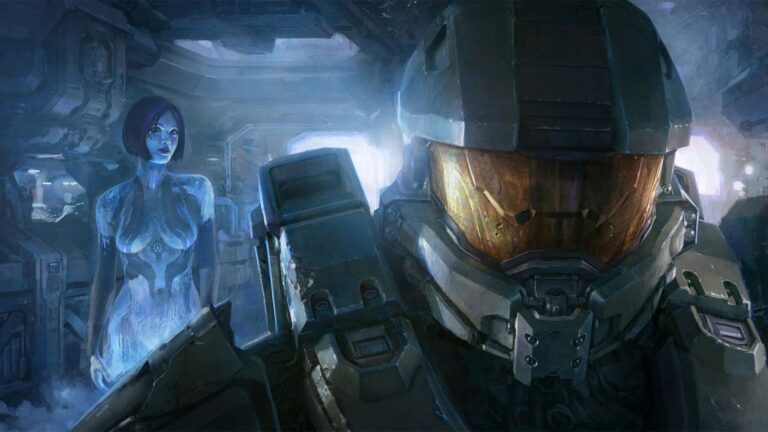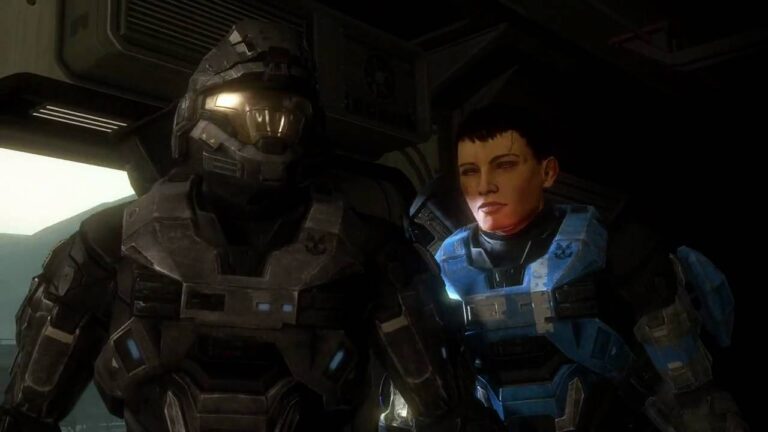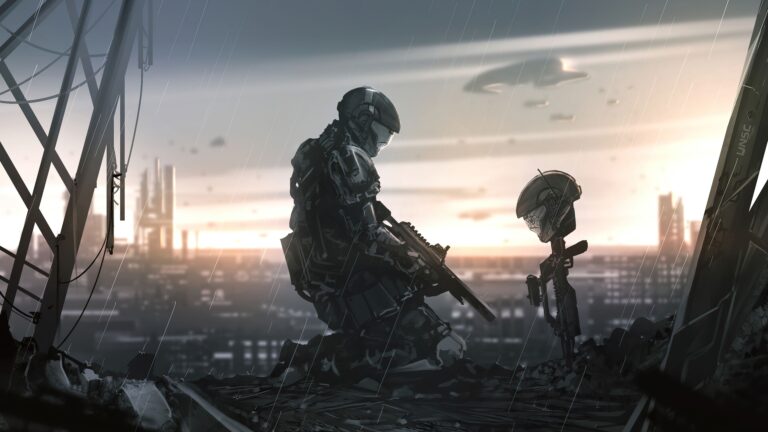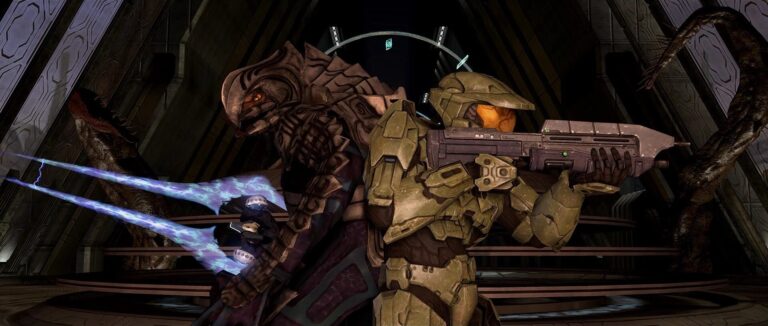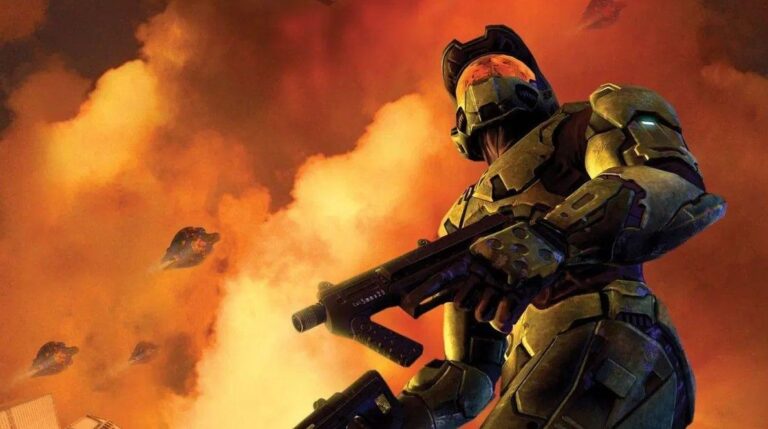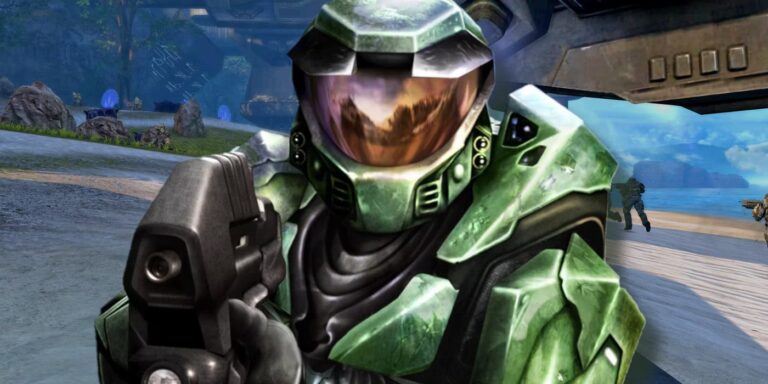And with that, we have completed another Love/Hate series here on IC2S! I’m so glad that I...
Halo
Welcome back to the Halo love/hate series! In this entry we’ll be going over the most recent...
Welcome back to the Halo love/hate series! In this entry we’ll be going over Halo 5: Guardians....
Welcome back to the Halo love/hate series! In this entry we’ll be going over Halo 4, the...
Welcome back to the Halo love/hate series! In this entry we’ll be going over the final Bungie-developed...
Welcome back to the Halo love/hate series! In this entry we’ll be going over our first spin-off...
Welcome back to the Halo love/hate series! In this entry we’ll be going over the series’ third...
Welcome back to the Halo love/hate series! In this entry we’ll be going over the series’ second...
Surprise! It’s time for a new love/hate series! As you can probably tell, we’re going to be...
